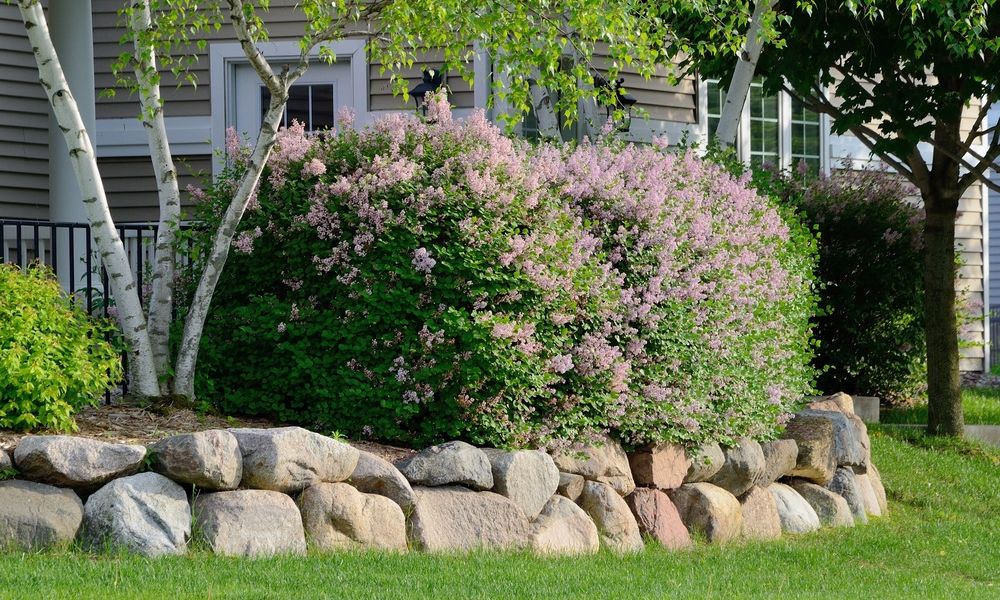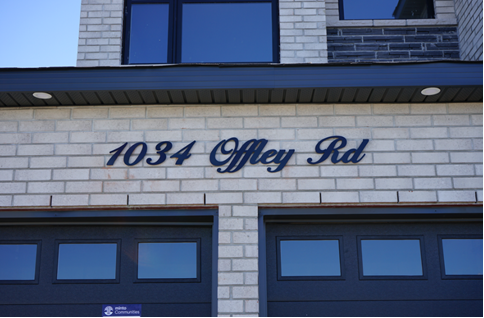There are several factors to consider when evaluating the type of light your indoor plants require. These range from the types of grow lights available to other factors such as the intensity, distance of the plant from a light source, the quality of light, and the duration taken by the plant exposed to light. This article helps you learn how the lighting in your home affects your plants by evaluating a few common factors.
Table of Contents
Light Intensity
Light intensity is best described as the brightness of the light. For artificial lighting produced by bulbs, the measurement of the light’s intensity can be done in various ways. However, you should note that different bulbs may give reports of the intensity using different measurements thus difficult to compare. In as much as several ways of measuring light intensity exist, there are a few common ways of doing so such as;
- Foot-candle: This is the amount of light that is received within a 1-square-foot surface that is at a distance of one foot away from the source of light equal to one candle. It is necessary to establish this since various plants require different light intensities to grow well. Some may need to be exposed and closer to the light source for a certain light intensity while others may require light with low intensity.
- Photosynthetic photon flux (PPF): This is defined as the measure of the amount of plant light emitted by a bulb per second. The measurement is done in micromoles of light per meter per second (umol m-2s-1). There is also the Photosynthetic photon flux density (PPFD) which is defined as a measure of the PPF immediately it reaches the plant leaf surface. You may need this information if you are fixated on being the best plant parent with the best plants. This will help you avail enough light for your plants to prevent scorching of the plant leaves or any other light-heat-related issue.
Distance of House-Plant from The Light Source
It is necessary and recommendable to ensure that there is sufficient distance between your plant and the light source, especially when using artificial light. This is because different bulbs produce different heat energy. Some produce a lot of heat such as incandescent bulbs and high-pressure sodium bulbs. Nonetheless, even fluorescent lights and LED should also be maintained at safe distances to ensure the healthy growth of the house plant. For instance, the foliage house plants should be kept at a reasonable distance away from the light source and with every 12-24 inches growth, the light should be moved up or away gradually. While for flowering plants, with every 6-12 inches growth, the light should be moved away.
Light Quality
Quality of light refers to the color or wavelength of the light. The light spectrum comprises all the seven colors of the rainbow and naturally, the sun gives out all those light colors. Plants utilize the light spectrum known as Photosynthetically Active Radiation which comprises primarily of the blue and red light. With the innovation in the lighting sector, several grow lights have been fashioned to only emit the required light from blue and red wavelengths. It is necessary to check the type of light emitted by any grow light before purchasing them.

Conclusion
Not all artificial light sources act as effective supplementary light sources for indoor plants. Since indoor plants do not get maximum light requirements from the light through windows, there is a need for the use of artificial sources of light. Depending on the conditions of an indoor space, an expert can help you decide on the best type and setting of artificial light to use.







